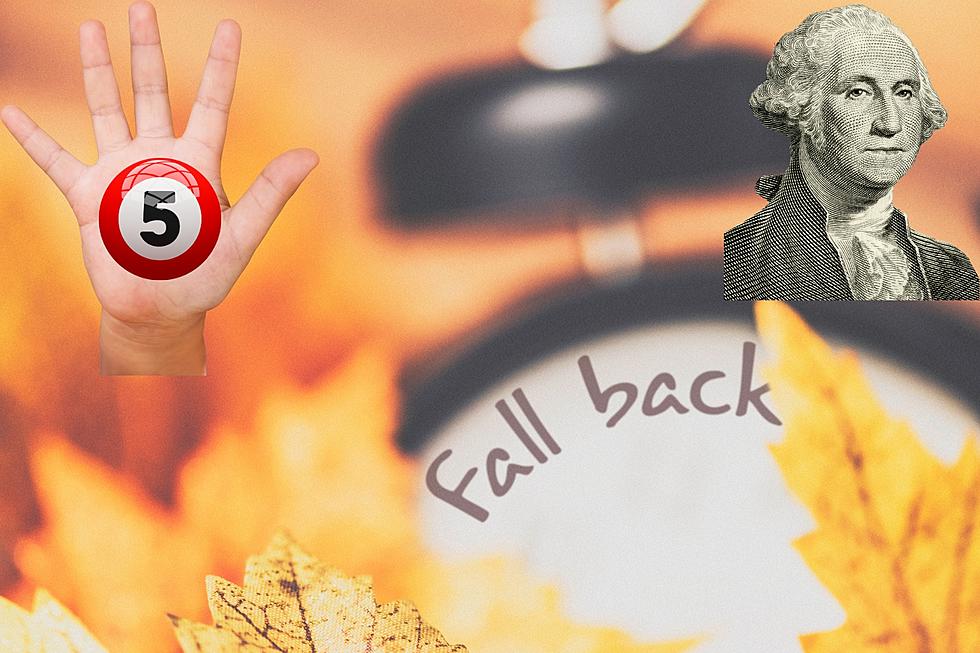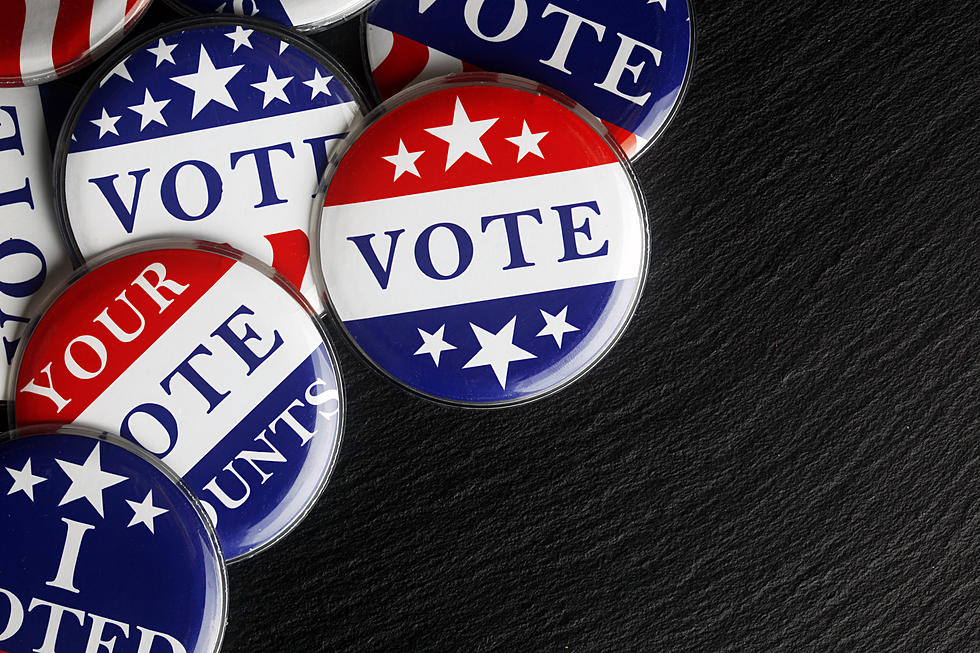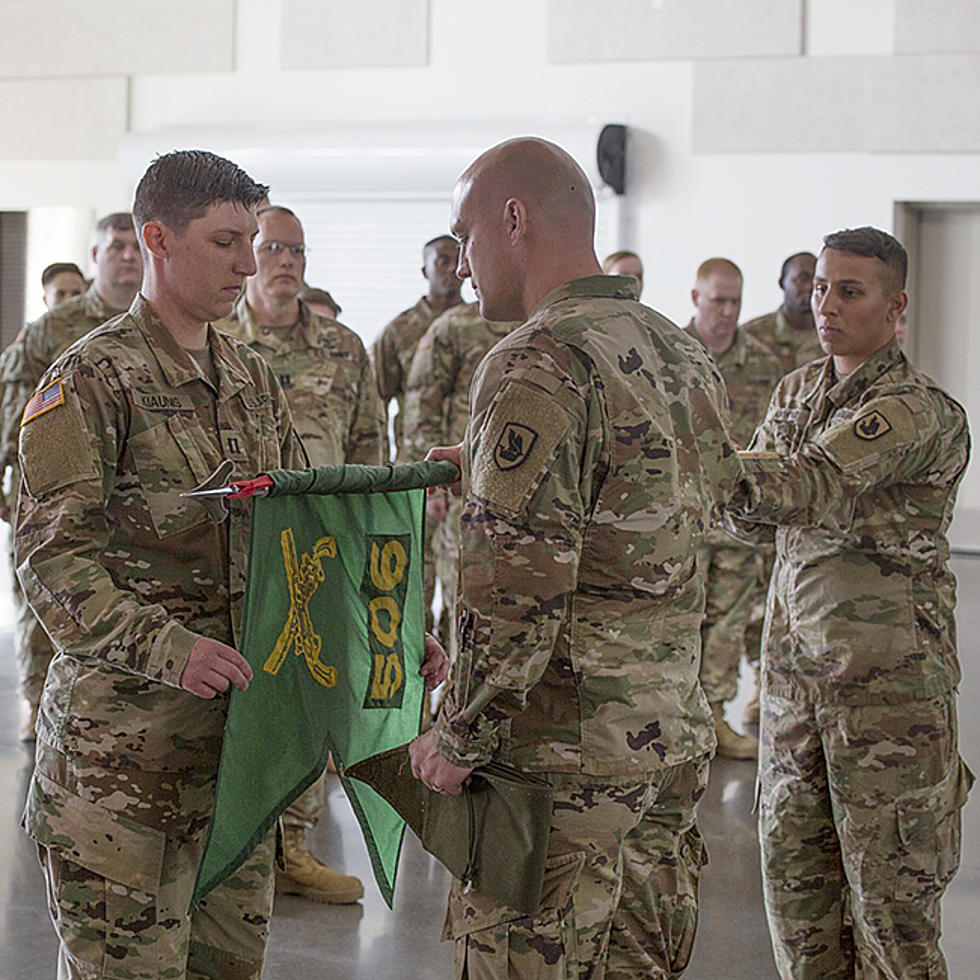
Washington State’s Hidden Border Line – The Cascade Curtain
If you're not a Washington State resident, you've probably never heard of the "Cascade Curtain". Heck, even if you do live here, you may not know the term - but you do know it exists. It's a bit of a state secret, something residents don't talk about with tourists or outsiders - but it shadows our daily lives.
What is the Cascade Curtain of Washington?
The simple definition: the Cascade Curtain is the physical barrier between western and eastern Washington, known as the Cascade Mountain Range. The Cascades pass through the state fully from north to south, making a natural divide - one that's further emphasized by the west side's wetter weather and the east side's dryland conditions.
For visitors to the state, that definition is all that's necessary to understand our local lingo. But we know it's much more than that.
Why is it called the Cascade Curtain?
The nickname has nothing to do with window dressings. Instead, it's a reference to the Iron Curtain, a metaphorical political boundary that appeared after World War II and defined the Cold War between western nations and eastern Communist nations like Russia.
The Cascades serve as a convenient way to describe our political divide in the state as well. The west side of the state - with Seattle and Olympia leading the way - is generally regarded as being "blue" (Democratic), while the east side - known for Tri-Cities, Spokane, Yakima, and Walla-Walla - is thought of as "red" (Republican). In the last presidential election, this played out visually, although the southwest of Washington also "voted red."

Is Washington really in a political cold war?
Some will say this metaphor is a vast oversimplification - and it is. But it's also true that the eastern side of the state is far more right-leaning politically, to the point where many right-leaning residents of Seattle and even Portland tune in to eastern Washington radio stations rather than listen to local coverage.
In 2019, the State of Liberty movement pushed for eastern Washington to secede from the state and form its own government. Likewise, some eastern Washingtons want to join the Greater Idaho movement, which focuses on adding the eastern Oregon states to Idaho. Both have been heavily criticized for being racist and driven by far-right propaganda, instead of being genuinely concerned about the difference in management for rural areas and urban areas.
Just because large overhead political maps show voting trends doesn't mean the entirety of western or eastern Washington is a monolith. Our communities have different priorities and needs, sure - different ways of life lead to that. That doesn't mean that we aren't capable of having different political opinions than the majority in the area we live, or that we aren't capable of having genuine conversations that address the nuance of living in such a beautiful, unique place.
So don't panic - the state isn't going to break into civil war. We need each other, and we're more than just a catchphrase in headlines.
The 12 Most Politically Divided Counties in Washington State
Gallery Credit: AJ Brewster
5 Reasons You Want To Visit North Cascades National Park In Washington State
Gallery Credit: Rik Mikals
More From 610 KONA





